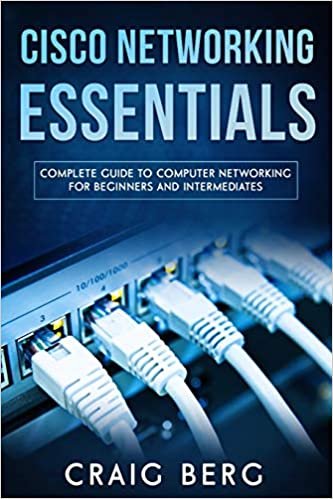Understanding Unicast: What It Is and How It Works 04/04/2023 – Posted in: Learning, Network – Tags: Communication, IP address, Latency, networking, Unicast
What is Unicast?
Unicast is a type of network communication where a message or packet is sent from one device to another device over a network. In a unicast transmission, there is only one sender and one receiver. The sender sends a message to a specific IP address, and only the device with that IP address receives the message. Unicast is the most common type of communication in IP networks.
How Does Unicast Work?
Unicast communication involves three components: the sender, the receiver, and the network. The sender sends a message to a specific IP address, and the message travels over the network to reach the receiver. The network may include several devices, such as routers or switches, that help route the message to the correct destination. Once the message reaches the destination, the receiver processes the message.
Advantages of Unicast
Unicast has several advantages over other types of communication, including:
- Targeted Communication: Unicast allows for targeted communication, where a message is sent to a specific device. This is useful when you want to communicate with a single device and not broadcast the message to multiple devices on the network.
- Low Latency: Unicast communication has low latency, which means that the message is delivered quickly to the receiver. This is because there is no need for the message to be broadcasted to multiple devices, which can cause delays.
- Secure Communication: Unicast communication is secure because the message is sent to a specific device and not broadcasted to multiple devices. This makes it difficult for unauthorized devices to intercept the message.
Disadvantages of Unicast
Despite its advantages, unicast also has some disadvantages, including:
- Scalability: Unicast can be challenging to scale, especially when you need to send messages to multiple devices simultaneously. This is because each message must be sent individually to each device, which can cause network congestion.
- Network Overhead: Unicast communication can cause network overhead, especially in large networks. This is because each message must be sent individually, which can cause network congestion and slow down network performance.
Conclusion
Unicast is a fundamental concept in computer networking, and it’s essential to understand how it works. Unicast allows for targeted communication and has low latency, making it ideal for communication between two devices. However, it can be challenging to scale and can cause network overhead in large networks. Understanding the advantages and disadvantages of unicast can help you determine when to use it and when to use other types of communication.
More Articles
Books
YouTube Video
Udemy Training






